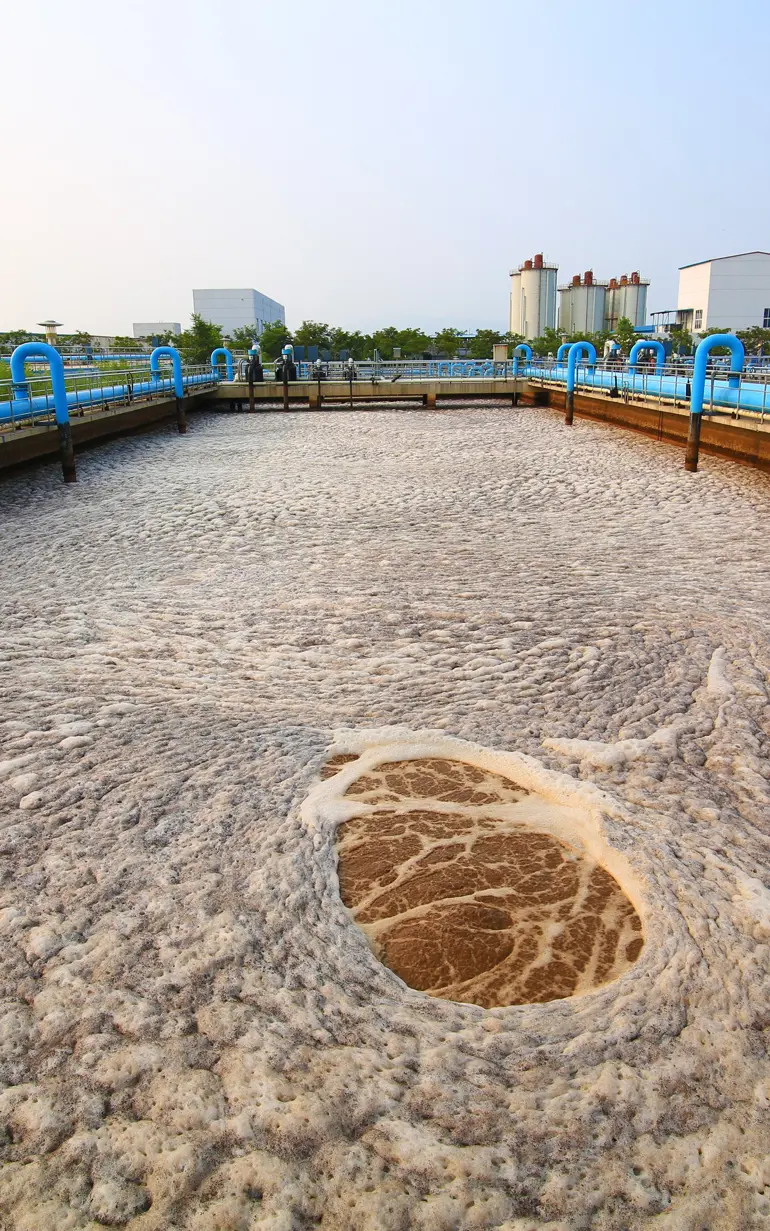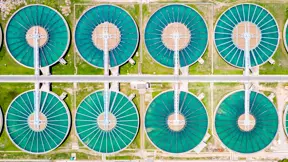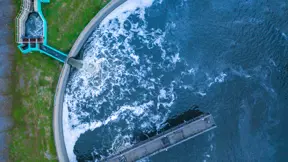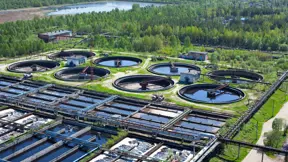
Optimising the wastewater treatment plant of Ravenna, Italy
Providing dynamic WWTP modelling and simulation to improve operational efficiency
The wastewater treatment plant (WWTP) of Ravenna, Italy has been considered for an upgrade to improve sludge handling capacity, energy recovery and accommodate the population growth in the catchment. The evaluation of upgrade solutions and the decision-making process have been influenced by the limited amount of data available. To fill this gap, HERA S.p.A. approached us to develop a model of the WWTP. We devised a solution to provide the basis for the evaluation of several operation scenarios, which proved to be a reliable decision-support tool for the utility to identify the most suitable optimisation and upgrade strategies.
Challenge
Reducing aeration energy consumption in treatment processes
Ravenna WWTP was facing several challenges that have limited its efficiency. Limited organic loading in the influent, such as chemical and biological oxygen demand (COD and BOD), has affected the denitrification performance. Furthermore, reduced capacity and operation of sludge thickening and anaerobic digestion have been handled through waste sludge recirculation and pre-thickening in primary settlers as well as operation of activated sludge reactors at high solids concentration (up to 15 g/L). This operational strategy has resulted in limited energy recovery and high energy consumption through aeration.
Besides the implementation of more efficient aerators, the identification of suitable optimised solutions has been influenced by the limited availability of measurements. A preliminary evaluation as well as additional monitoring helped define a key data set describing the operation of the WWTP.
Client:
Hera S.p.A.
Location:
Italy
Related SDGs:
SDG 6: Ensure availability and sustainable management of water and sanitation for all
Technology:
Solution
A model of the Ravenna WWTP was set up in WEST to reproduce the complexity of the existing layout and the operational strategy. As a result of limited aeration efficiency, simultaneous nitrification-denitrification was simulated inside oxygen diffusion-limited flocs. A dynamic influent fractionation model was considered to account for variability of measurements in raw sewage.
A stepwise, long-term (1-year) calibration of the WEST model against selected measurements was used under dynamic conditions. Following the initial estimation of fractionation parameters, incremental complexity was included in the model (waste sludge dynamics, secondary settler model, temperature dynamics) to describe WWTP operation. Minor adjustments of operational settings and biokinetic parameters were required, yielding a satisfactory fit of the model output to the available data.
Further validation of the model was performed against data from a dedicated sampling campaign, hence confirming the approach and parameter set used.
Scenario analysis
The calibrated and validated WEST model was used to evaluate several scenarios that would improve the performance and efficiency of Ravenna WWTP. Three WWTP upgrade scenarios were considered and compared with the current operation:
- Scenario 1 - Reduction of mixed liquor suspended solids concentrations in activated sludge reactors (by increasing the waste sludge treatment capacity)
- Scenario 2 – As scenario 1, with bypass of primary settler (allowing for increased COD availability for denitrification)
- Scenario 3 – As scenario 1, with increased internal sludge recirculation and implementation of DO control based on effluent ammonium concentration (allowing for improved aeration efficiency)
Results
The analysis of selected upgrade scenarios revealed the potential for significant improvements in terms of performance and energy efficiency, including reduced effluent concentrations of both nitrogen (-25%) and phosphorus (-50%), and well as increased biogas recovery (up to +94%).
It can therefore be concluded that the upgrade of sludge treatment (providing for improved energy efficiency) should be coupled with an appropriate strategy that ensures good effluent quality. The implementation of DO control proves especially useful in this context, as it also provides for an optimised energy consumption for aeration.
The development of a reliable model of Ravenna WWTP resulted in a decision-support tool for the project engineers to execute informed decisions regarding the upgrade of the facility.
‘We chose WEST for its great capabilities in describing biological processes in wastewater treatment systems and its high potential for customisation through the creation of new process models and process units that are not present in the standard library. Furthermore, the intuitive graphical user interface and the ease of importing our own data allowed us to rapidly build complex plant layouts, such as the one of Ravenna WWTP (240,000 PE).’
Ida Basta, Process Engineer
HERA S.p.A
About our client
Founded in 2002, Hera S.p.A. provides gas, electricity, water cycle, environmental and other services in Italy. The company engages in the provision of integrated water services, including the collection, treatment, distribution and purification of water; and design, construction, operation, routine and unscheduled maintenance of sewerage networks and wastewater treatment plants.
You may also like
How can we help?
With our global network of offices, we make sure you get the right answers to your local needs. Tell us about your water challenges and we will get back to you.


